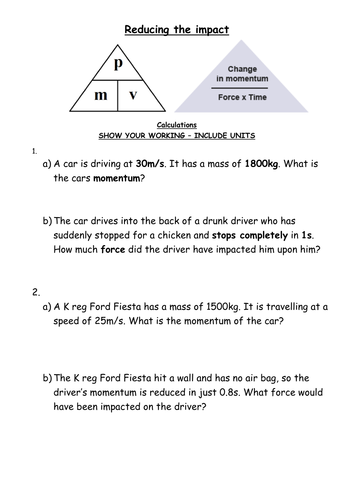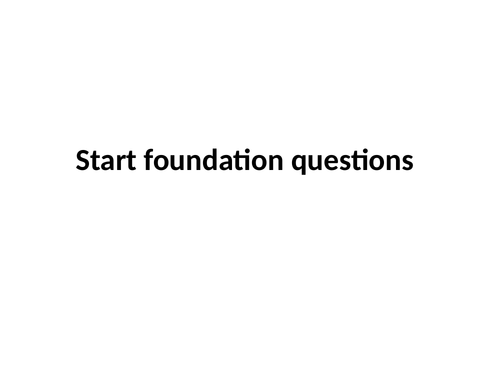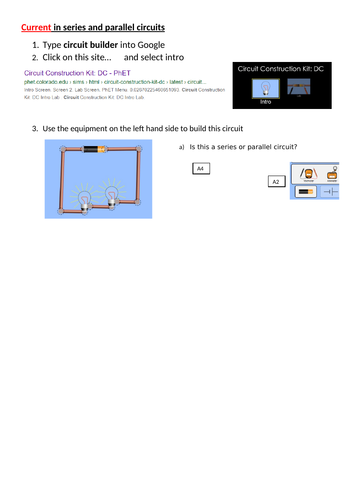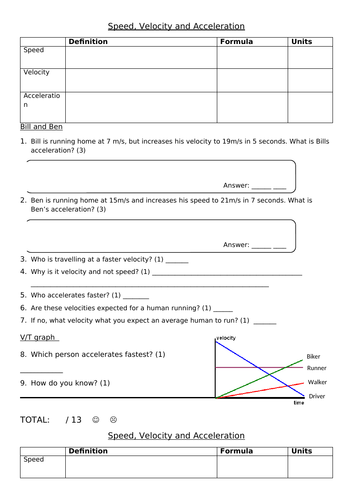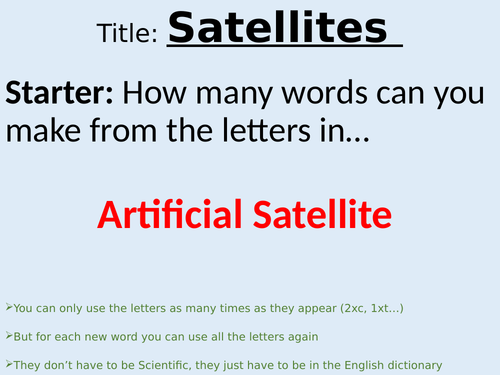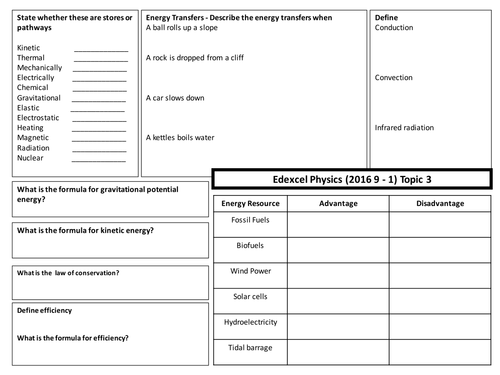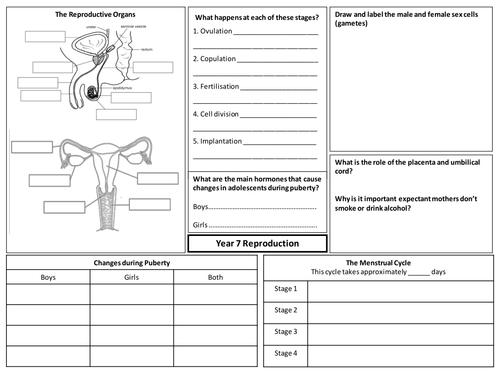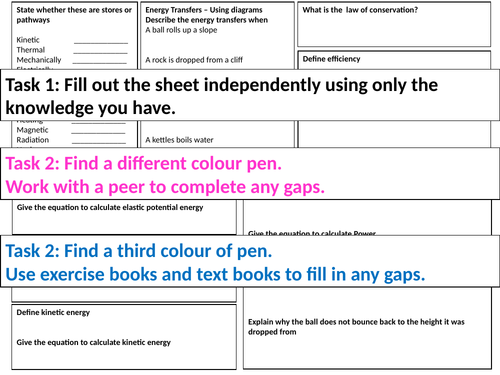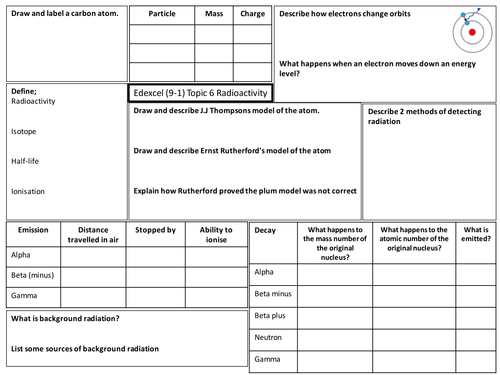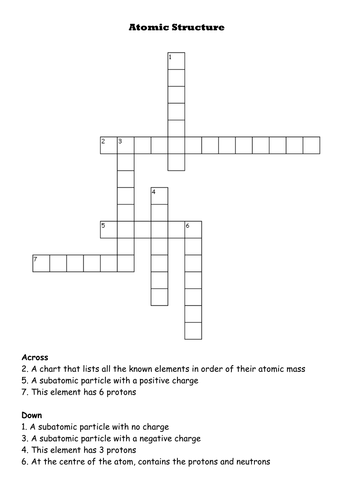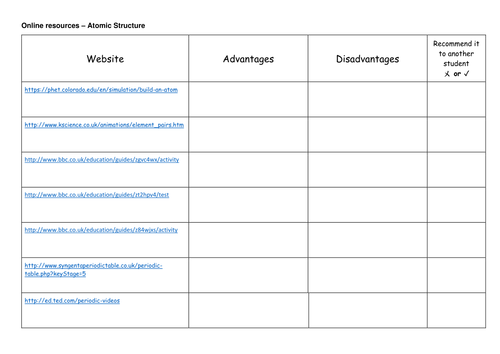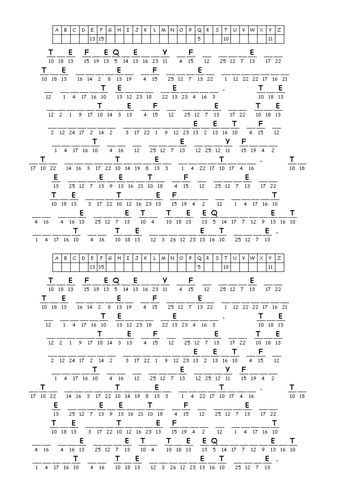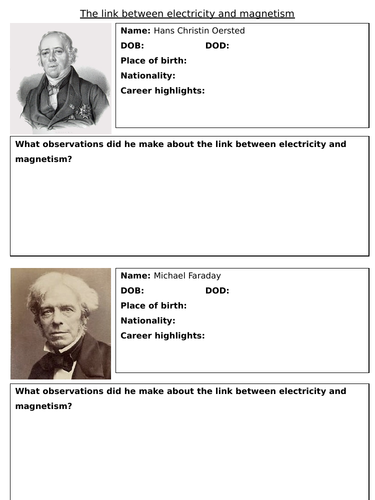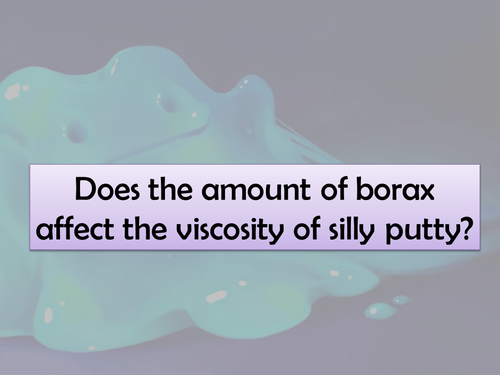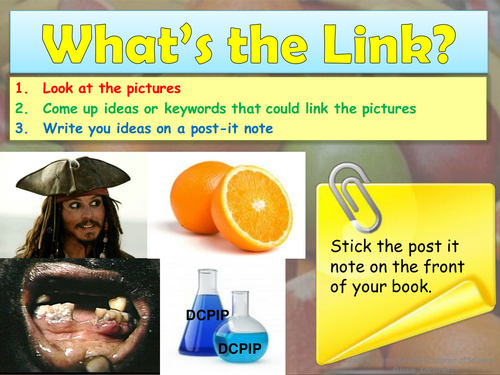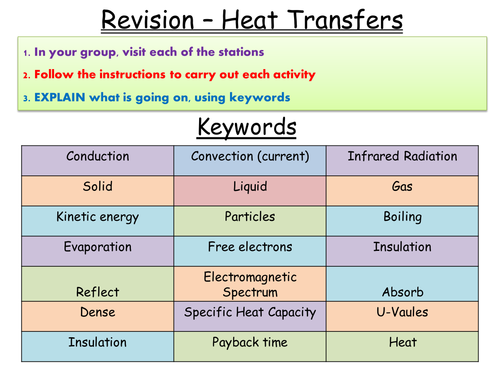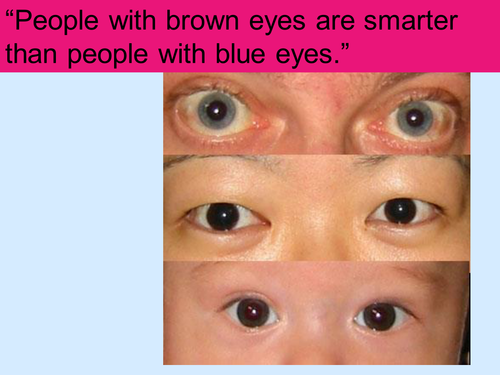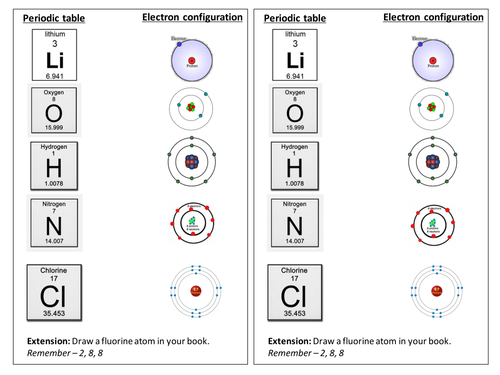
41Uploads
91k+Views
77k+Downloads
All resources

Car Safety - Change in momentum
Car pile up scenario. Pupils have to calculate the momentum of each vehicle, followed by the change in momentum, to calculate impact force. Finally, they have to use the numbers to conclude which driver would have come out worse off.
Answers provided.

AQA GCSE Combined Science Physics paper 1 feedback
We used the May 2019 AQA paper 1 for the Year 11 mocks.
Rather than going through the markscheme, I have been trying to encourage my students to think about their answers and learn from their mistakes.
I used these sheets as prompts.
In some classes, I printed the slides out and set it as marketplace activity. Others worked through the slides individually on Chromebooks, some did it as group work.
However, the pictures and texts gave students some stepping stones towards the correct answer.

Series and Parallel Circuits - Current and Potential Difference
This activity uses the PhET circuit builder to help illustrate current and potential difference in series and parallel circuits.
It is a basic introduction and does not consider variables such as resistance. However, it is a clear way of demonstrating the rules, if you have unreliable electrical equipment.
http://phet.colorado.edu/sims/html/circuit-construction-kit-dc/latest/circuit-construction-kit-dc_en.html

Speed, Velocity and Acceleration
A short worksheet to assess my bottom set Year 10’s understanding of Speed, Velocity and Acceleration. Helped to highlight the fact that just because an object is accelerating faster, does not mean it is traveling faster.
Questions repeated so 2 can be printed per page.
Answers are on the third page.

KS3 Satellites
A KS3 lesson on satellites
Objectives:
Recall ideas about mass, weight and gravity
State what a satellites is
list examples of artificial and natural satellites
Explain the difference polar and geostationary satellites
Literacy starter
Market place activity to find facts about satellites
Kahoot

Uses of Radiation - Research task
A flipped learning/research task for teaching the uses of radiation in medicine and industry. More specifically tailored to GCSE AQA, but could suit other exam boards.
Reccomended pages for pupils who require more structure:
https://www.bbc.com/bitesize/guides/zp4vfcw/revision/1
https://www.bbc.com/bitesize/guides/z2bvdxs/revision/2
https://teachnuclear.ca/all-things-nuclear/radiation/biological-effects-of-radiation/irradiation-vs-contamination/

Energy Stores and Pathways, Energy resources - Knowledge organiser - Edexcel 9 -1 Physics
Knowledge organiser for Edexcel 9 -1 Physics, Topic 3
Answers provided, both in a format to print or to display

Energy Revision 9-1 - Placemat broadsheet with answers
AQA GCSE Combined Science - Physics Topic 1 Energy 9-1 summer 2018 spec

Edexcel (9-1) Topic 6 Radioactivity broadsheet
Radioactivity broadsheet for the Edexcel (9-1) course.
One sheet for both combined and Triple Science students, plus an additional sheet for Triple Science.

Atomic Structure Crossword
A basic crossword for the introduction of atomic structure. Answers at the end of the document.

Atomic Structure - Online Revision
Revision websites for Atomic Structure, with a review activity to enable pupils to select the most effective online resource for their own learning and independent revision.

Wave Anatomy Cryptogram
Wave Anatomy Cryptogram
Students crack a code to obtain 3 key definitions
**Answer **
The frequency of a wave is the number of waves passing a point each second.
The amplitude of a wave is the maximum displacement of a point on a wave away from its undisturbed position.
The wavelength of a wave is the distance from a point on one wave to the equivalent point on the adjacent wave.

Collapsing can
A resource to go with the collapsing can demonstration. In the format of a storyboard, but it has been differentiated as;
- Gap fill or,
- Card sort or,
- Complete the sentence or,
- Draw the picture to match the words or,
- Write the story to go wit the pictures

The link between electricity and magnetism (homework/revision)
Some short answer questions o the link between electricity and magnetism, including a short piece of research on two of the key scientists.

Investigation Skills - Does the amount of borax affect the viscosity of silly putty?
Students investigate how the amount of borax affects the viscosity of silly putty. Can be kept as a simple KS3 investigation, or linked to C1 AQA polymers.

Testing for Vitamin C
An investigation to find out which fruit of vegetable juice has the most vitamin C.
PowerPoint and resources are aimed at lower ability groups.

Heat Transfers Revision Circus
A revision lesson on the heat transfers topic, suitable for OCR Gateway and AQA P1. Students carry out a circus of activities, using keywords to explain what is happening.
Have the 8 stations laid out around the room, with the station cards. As students move about the room, display the keywords on the board. Then use the PowerPoint to talk through the key ideas.

Investigate - How can we find out if a claim is true
Encourages pupils to consider the reliability of information, and not to just take headlines as fact. Many young people 'share' stories on Facebook and Twitter, without considering the source of information and the reliability of the research.
After discussion, pupils design their own investigation to test if a claim is true.

Elements and Electron configuration match up
Elements and Electron configuration match up
A match up activity for lower ability groups - match the element to its electron configuration. PP Answers provided to display to the class.

